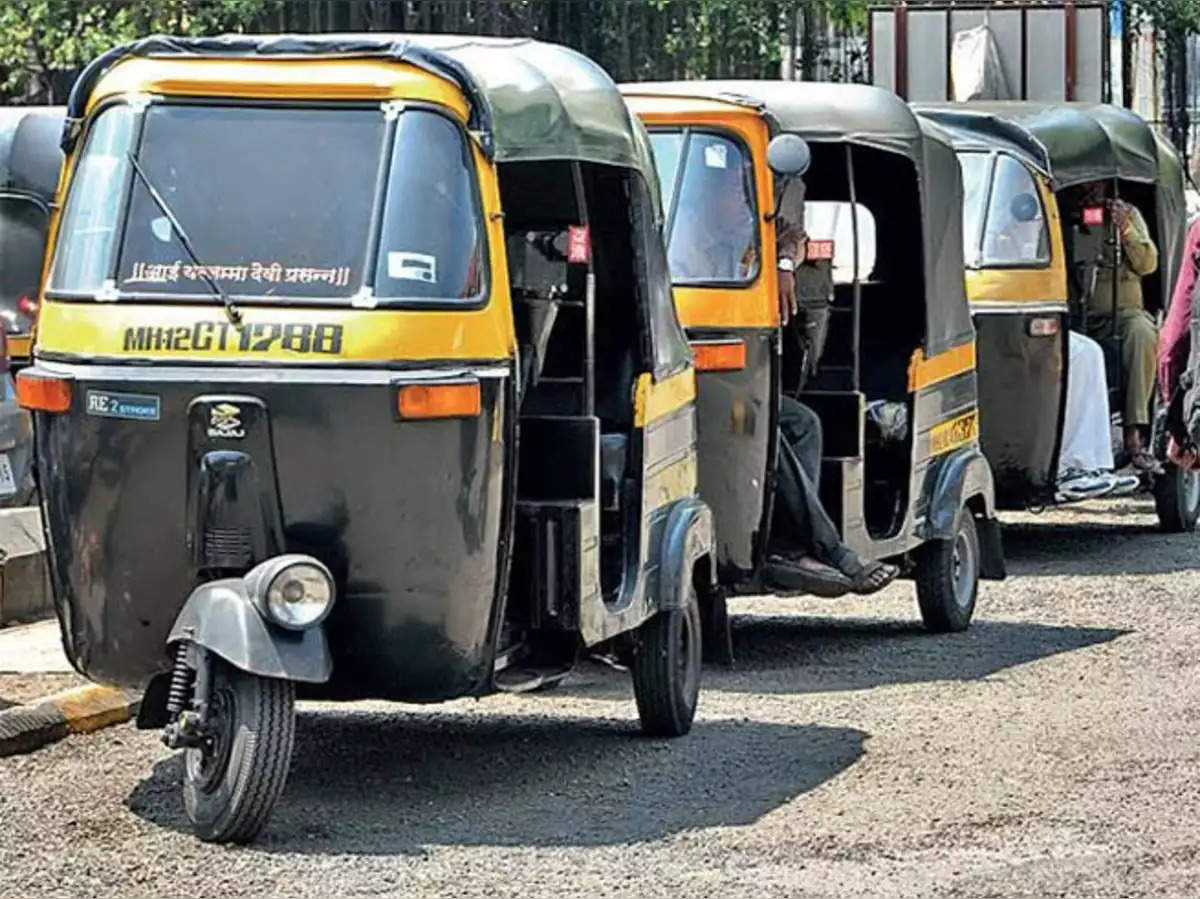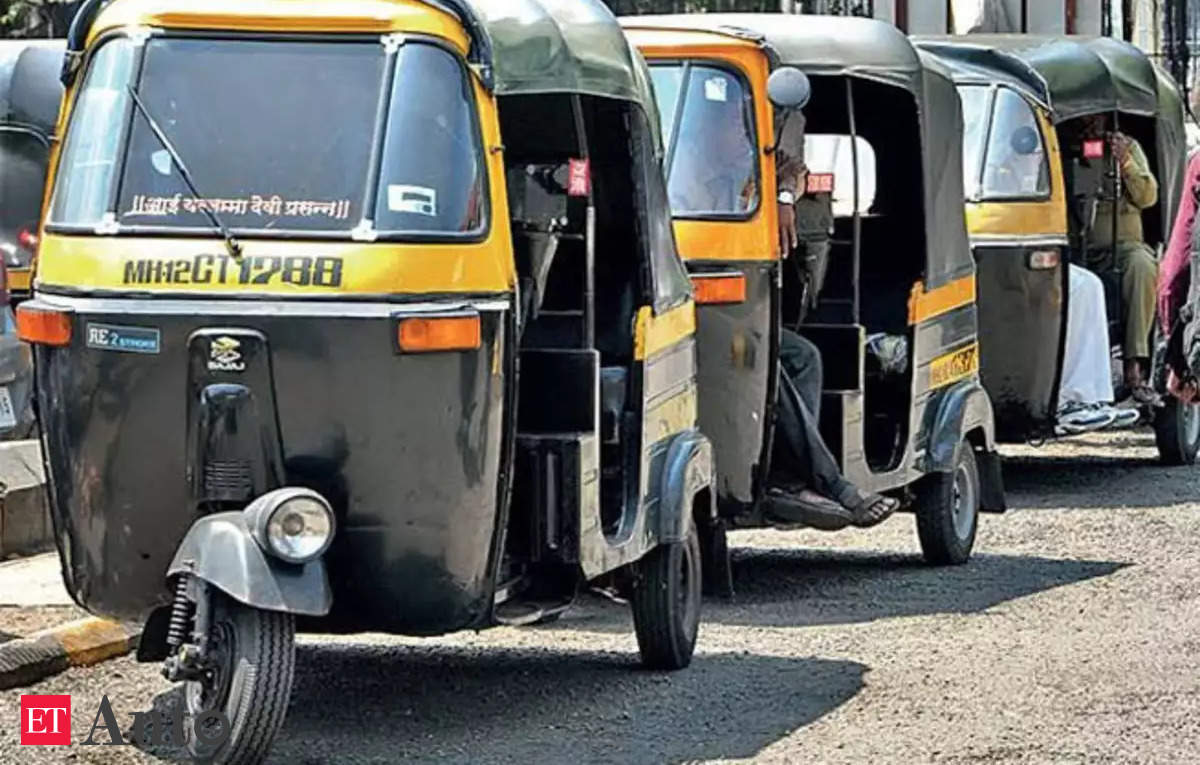
Mumbai’s autorickshaw daily ridership has touched an all-time high of 50 lakh, announced Mumbai Autorickshawmen’s Union, the largest union of auto owners in the suburbs.
The city presently has 2.3 lakh autos, whose population increased by 95% between 2016 and 2019, and the daily ridership also went up from 10 lakh to 25 lakh during this period. The number further jumped by 100% in the past four years due to many people preferring to take autos, especially on feeder and short-distance routes.
It has gained more traction on share routes.
Union leader Shashank Rao told Mumbai Mirror that nearly 60% of the ridership is at 152 share-auto routes in the western suburbs and 113 stands in eastern suburbs — where the unions are also implementing new measures for women who comprise 35-40% of the ridership.
Transport experts said that apart from gaining ridership on share routes, there has also been a huge commuter shift from aggregator cabs and buses to autos in the past couple of years. Passenger rights activist Gaurang Vora said more people prefer hailing autos than getting refused multiple times by app-based aggregator cabs. Also, the waiting time for aggregators is 15-30 minutes, while riders also complain about ‘unavailability’ of these cabs in many areas.
Also, with BEST bus fleet dipping below the 3,000-mark lately, there are long queues at several bus stops during peak hours. “Bus passengers, frustrated by the poor frequency on few routes, often opt for autos in the suburbs. Autos are also popular as they ensure quick dispersal from crowded railway station areas and take them till their doorstep. Besides, they are easily available as their density is also highest at the moment — 116 autos for every km of road in the city,” a transport expert said.
But Uber denied all claims against its services in a statement issued to Mumbai Mirror: “While Uber Auto has shown an explosive growth over the last few quarters, our cab business also continues to maintain an upward trajectory. With the introduction of many new features on the driver app and through driver education, we have been able to further lift customer experience significantly.” A source from Uber said that auto trips on this platform have grown more than 2.5x compared to pre-Covid levels.
There was no statement available from Ola officials.
Activist Anil Galgali pointed out: “Autorickshaws have become an integral part of Mumbai’s transportation. It has an advantage over bigger vehicles like cabs and buses as it can travel in narrow lanes. Besides, one prefers autos if there is a lot of traffic on a particular route.”
Said regular commuter Yash Mhatre: “Autos give you the advantage of being dropped right in front of your building, bank, market or office. It is also easy to get to many places and saves time, unlike waiting for a bus at a stop. Auto drivers in Mumbai ply by the meter, so one does not have to waste time fighting or negotiating over the fare like in other cities.”
Kandivli resident Shilpa Dey said she found some of the private AC cabs “stuffy” and autos, in comparison, “airy and well ventilated”. “Also, many drivers know the routes and landmarks and so getting to destination is not a problem,” she added.
A combination of Metro/railways and autos is one of the preferred choices of Mumbaikars. A Dahisar resident said: “If I have to catch a flight from the domestic airport, I prefer taking Metro Line 7 from western suburbs to Gundavali and then catch an auto to T1 airport to board the flight on time. Delays in getting app-based cabs can lead to missing a flight.”









